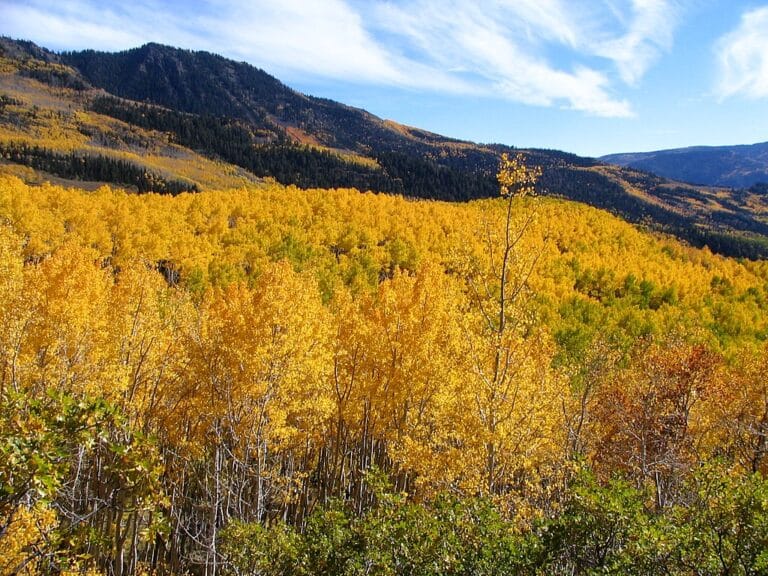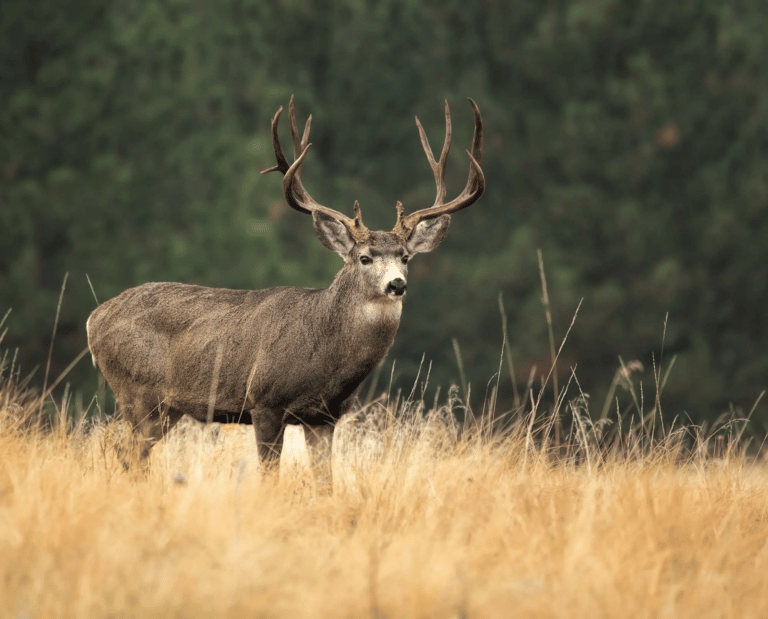
Despite the protective fence, the plant weighing six thousand tons is still under the threat of being eaten
(ORDO NEWS) — In the US state of Utah, a grove of aspen poplar grows, which, in fact, is one plant connected by a single root system.
The Trembling Giant, as the grove was called in their homeland, is about 80,000 years old, but it is still threatened with death due to deer and livestock eating shoots. And this despite the installation of a protective fence.
Although usually, when it comes to the heaviest organism on our planet, people are used to remembering blue whales or sequoias , in the USA there is an unremarkable-looking forest that actually owns this title.
The fact is that we are talking about a single organism, albeit extremely overgrown: the area of clonal colony , nicknamed “Pando Grove” , is 43 hectares.
The colony was first discovered in 1968, although, of course, the grove itself is much older: its age is estimated at 80 thousand years.
Curiously, aspen- shaped poplar , which makes up the grove, is a dioecious species . In this case, we are talking about a male plant that reproduces vegetatively, that is, without the participation of seeds.
Back in 2018, scientists, assessing the state of an unusual grove, pointed to a growing threat from deer herds and cattle: by eating young poplar shoots, animals stopped the renewal of the grove, which could lead to its death.
To avoid this, people fenced off part of the grove with a protective fence, and now scientists have returned to evaluate the effectiveness of the measures taken.
It turned out that the fence helped, but only partially: only about 16 percent of the grove were completely protected from herbivores, and new poplar shoots had already grown stronger there.
In other places, the fence has fallen into disrepair (it was recently repaired), there are still more old and dying trunks than young ones.
Finally, about half of the entire grove remained unfenced, so hungry animals there still eat away most of the shoots, leaving only old trunks.

Thus, the once unified grove was ecologically divided into three: as the unfenced part slowly dies, the trees protected by the fence are gradually restored, and those to which herbivores have retained limited access are frozen in a certain balance between restoration and death.
Scientists believe that strengthening and expanding the fence will not save the situation: as a result, we will get only an “open-air zoo”.
The grove will not be able to survive in a limited area, because this will lead to soil depletion and the death of trees.
To save the unique organism, conservationists will have to approach the problem from the other side and take measures to control the number of overbred deer, as well as limit access to the grove for grazing livestock.
—
Online:
Contact us: [email protected]
Our Standards, Terms of Use: Standard Terms And Conditions.









